G. Kellock “Kel” Hale was born January 17, 1904 in Philadelphia, Pennsylvania. He joined Scouts at the age of 12 (minimum age in those days) in 1916. During World War I, Kel sold more war bonds than any other Scout in Philadelphia. As a result of this achievement, Kel was selected as the Scout that would serve as Lord Baden-Powell’s Orderly when he came to visit Philadelphia.
Kel was inducted in the OA at its birthplace, Treasure Island, in 1918. He was one of the Council’s most decorated Scouts. By the time Kel was twenty-years old and attending the University of Pennsylvania he was an Eagle Scout with three Silver Palms (that would be at least 66 merit badges in 1924, a remarkable achievement in that era).
Following college, Hale moved to Mount Airy, North Carolina and went to work for the North Carolina Granite Company rising to the position of Secretary. In Scouting, Hale became a troop Scoutmaster, a position he would hold for 15 years until becoming District Commissioner. During his time as Scoutmaster, Hale founded Wahissa Lodge in Old Hickory Council at Camp Lasater on June 9,1938. Later that year Hale assisted with producing the 1938 National Meeting at Camp Irondale. Hale kept his Vigil receiving the name Kittelendam translated as “The Earnest” on August 10, 1940. Hale served in a leadership role at the 1940 National Meeting at Camp Twin Echo and received the Silver Beaver Award from his council in 1942.
Hale started numerous lodges throughout Region 6 (North Carolina, South Carolina, Georgia and Florida). In 1945 he was invited to the National Executive Committee meeting. His attendance was to assist in planning the 1946 National Meeting originally scheduled at the University of North Carolina at Chapel Hill, close to where Hale lived. However for various reasons the 1946 National Meeting had to be moved to Chanute Field, Illinois.
At the 1946 National Meeting Hale received the Distinguished Service Award. He also ran for and was elected as the Southeast representative to the National Executive Committee. In 1948, when the National Executive Committee was disbanded and the National OA Committee formed Hale was named as the first National OA Committee Chairman. Hale only served as Chairman for a year, when illness forced him to resign in 1949. Hale lamented that strict doctor’s orders required him to dispense with all activities and he was required to observe strict bed rest as the remedy at the time for fatigue.
Hale continued to serve on the National OA Committee until 1971. His last leadership position was serving as chairman of the Distinguished Service Award Committee. During the critical years of the Order when the OA fully integrated as part of the BSA, it was Hale along with H. Lloyd Nelson and Thomas Cairns that provided the essential servant leadership. Kel was a member of the BSA for 55 years and on the National OA Committee or its equivalent for over 25 years. G. Kellock Hale passed away on October 3, 1973.
2, OA, Profile, Scouting
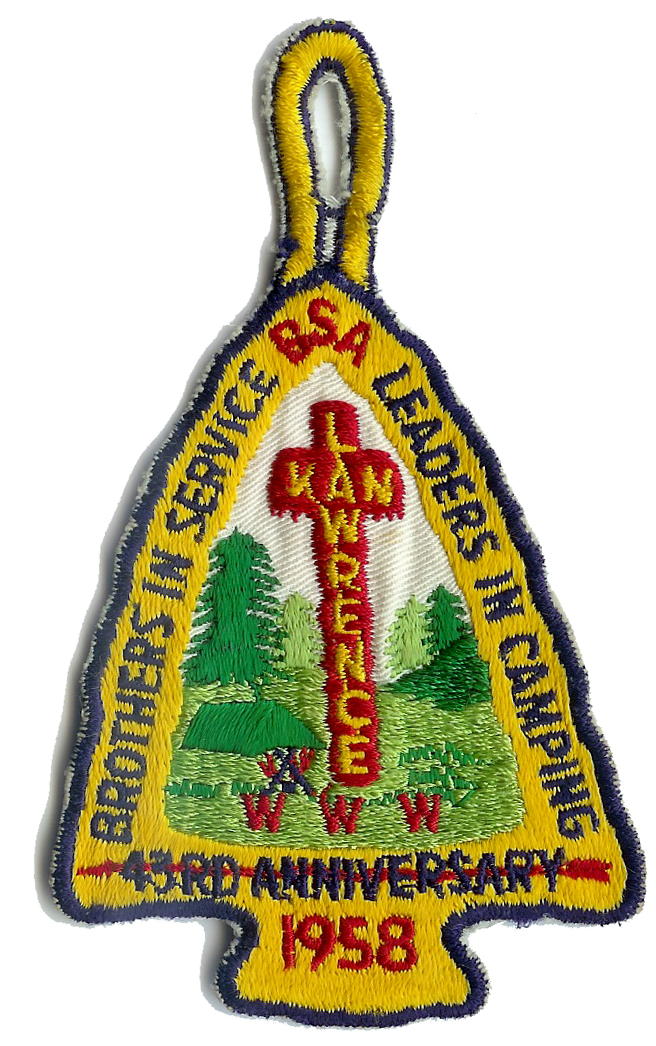 he Confere
he Confere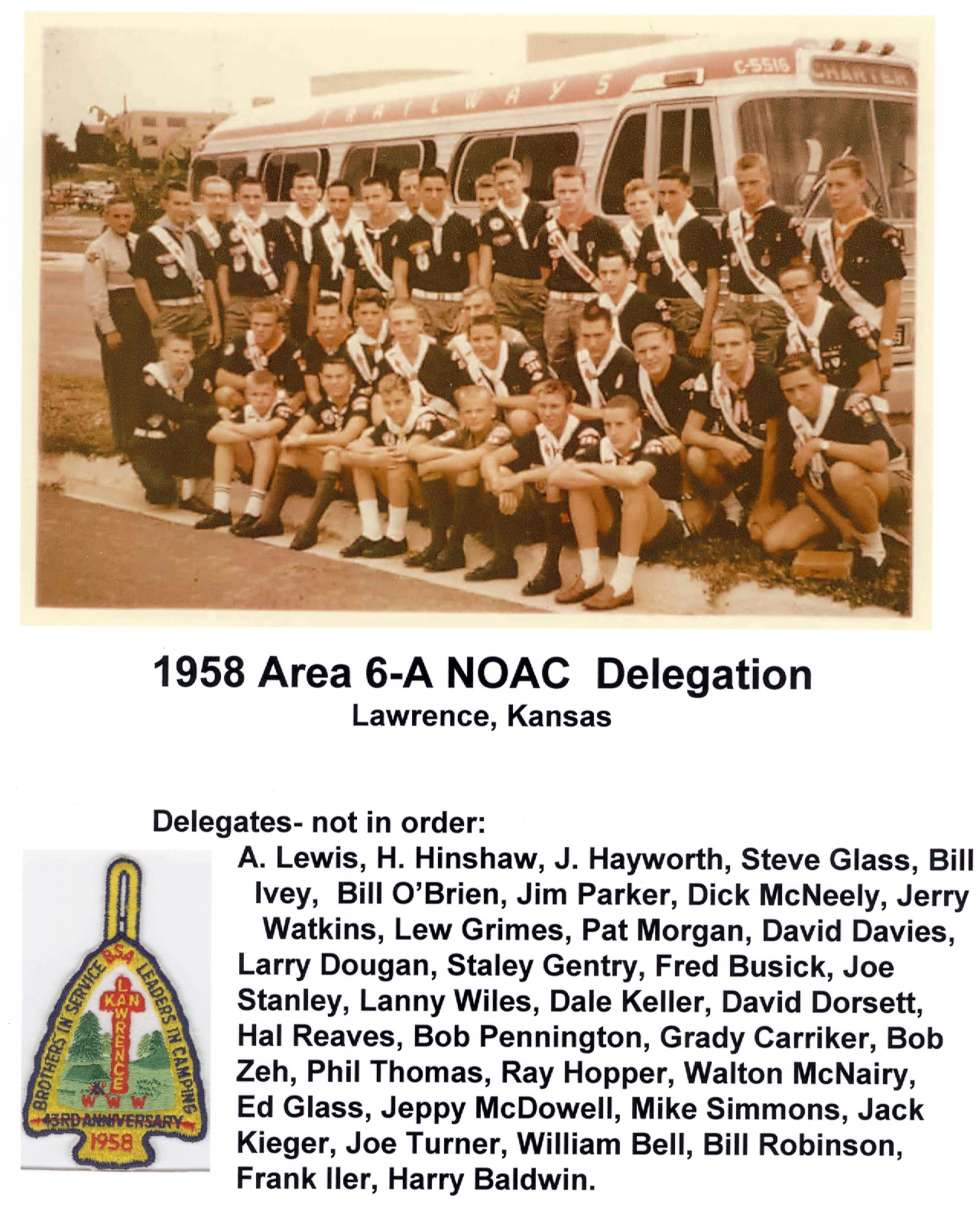 nce theme was, “Bro
nce theme was, “Bro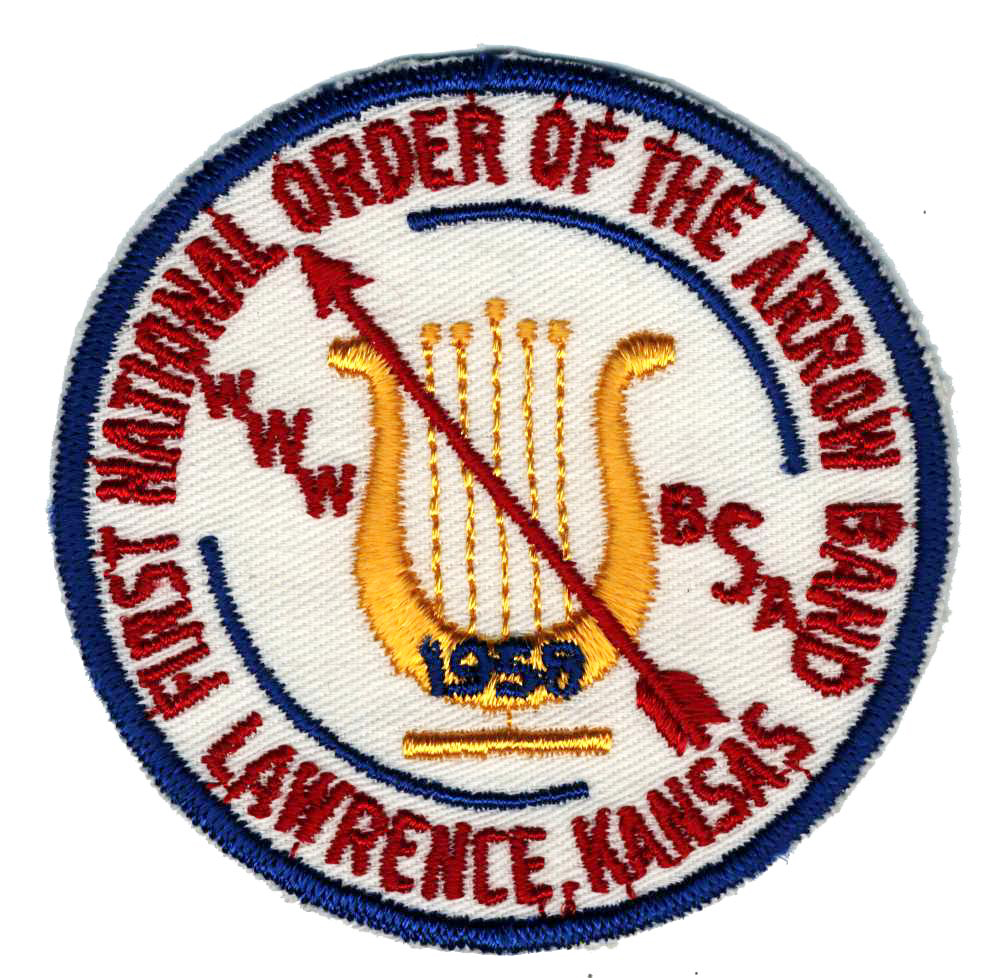 thers in Service – Leaders in Camping”. As in the past, training sessions were held on multiple days with a wide array of discussion topics. Dance competition, Brotherhood Chorus and barbeque were again on the schedule. For the first time ever a Brotherhood Band was part of the festivities. The Distinguished Service Awards (DSA) were presented. F
thers in Service – Leaders in Camping”. As in the past, training sessions were held on multiple days with a wide array of discussion topics. Dance competition, Brotherhood Chorus and barbeque were again on the schedule. For the first time ever a Brotherhood Band was part of the festivities. The Distinguished Service Awards (DSA) were presented. F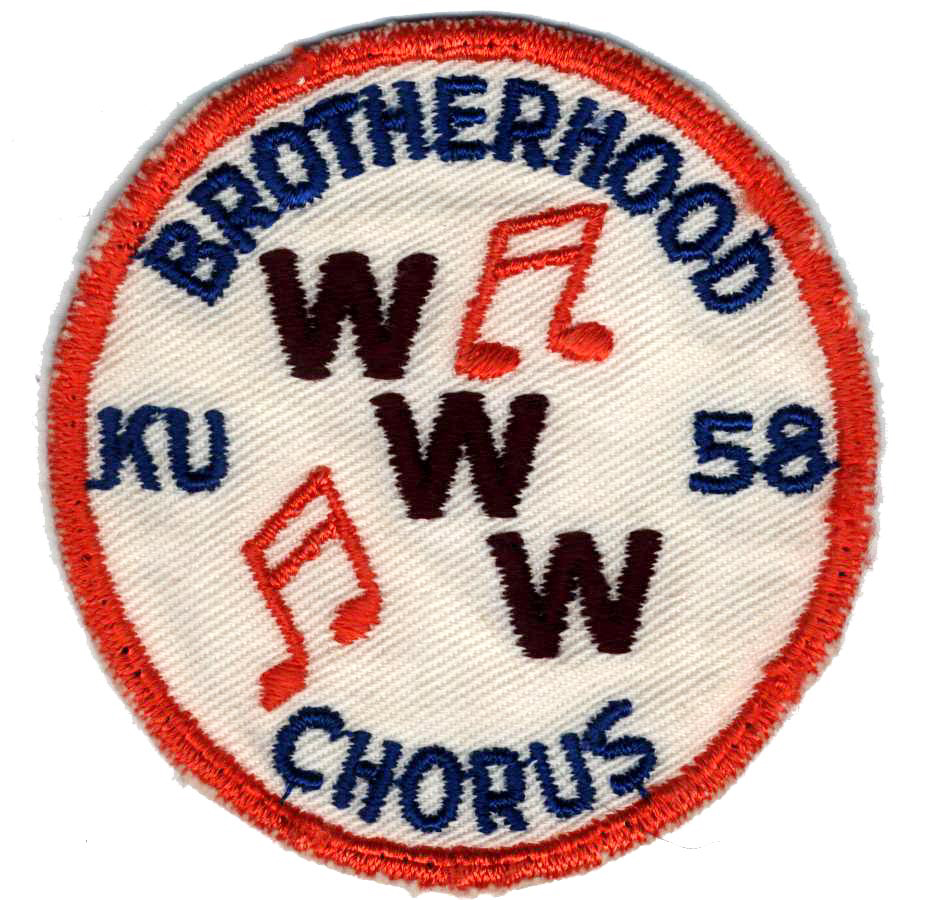 ounder Goodman again
ounder Goodman again 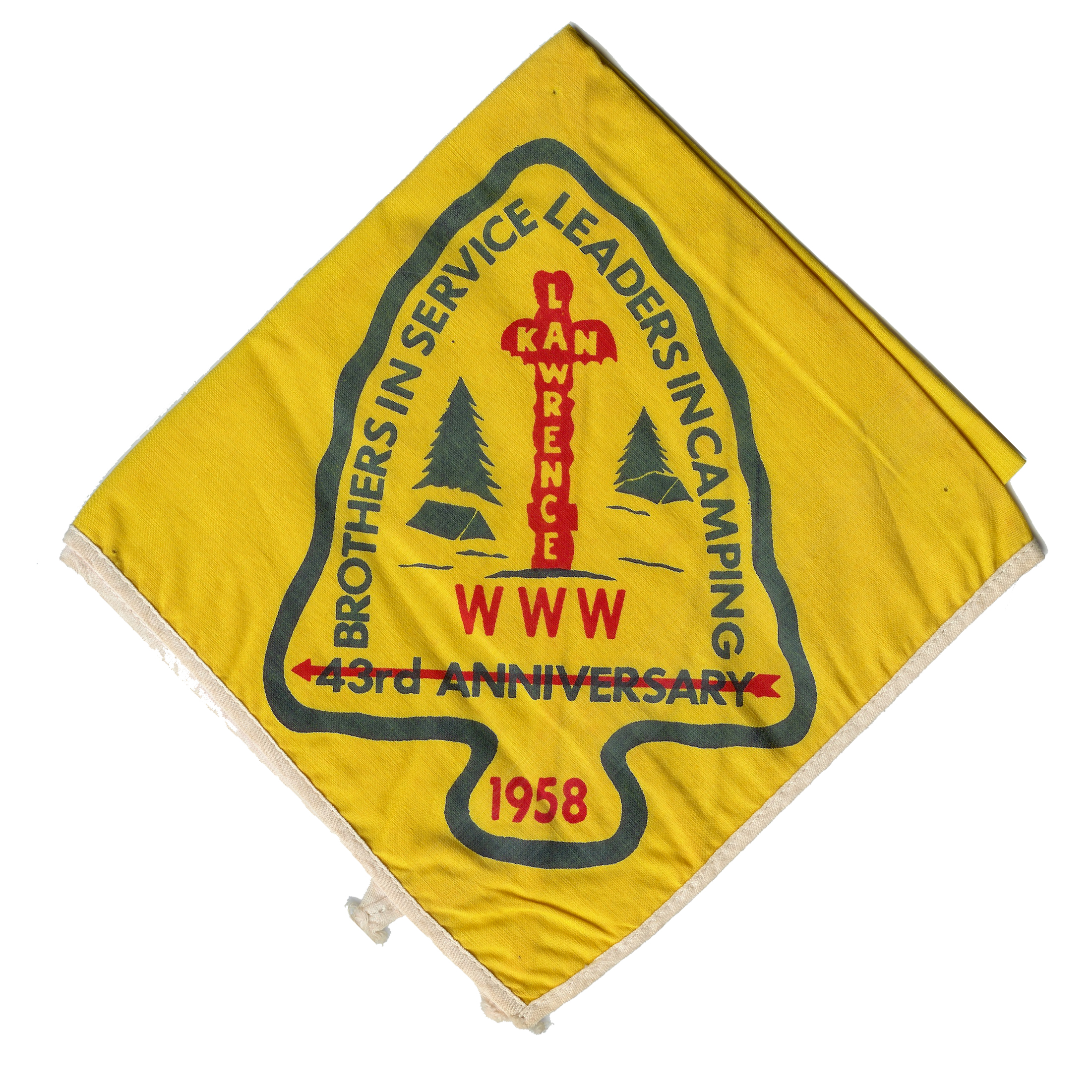 delivered his customary closing challenge to Arrowmen.
delivered his customary closing challenge to Arrowmen.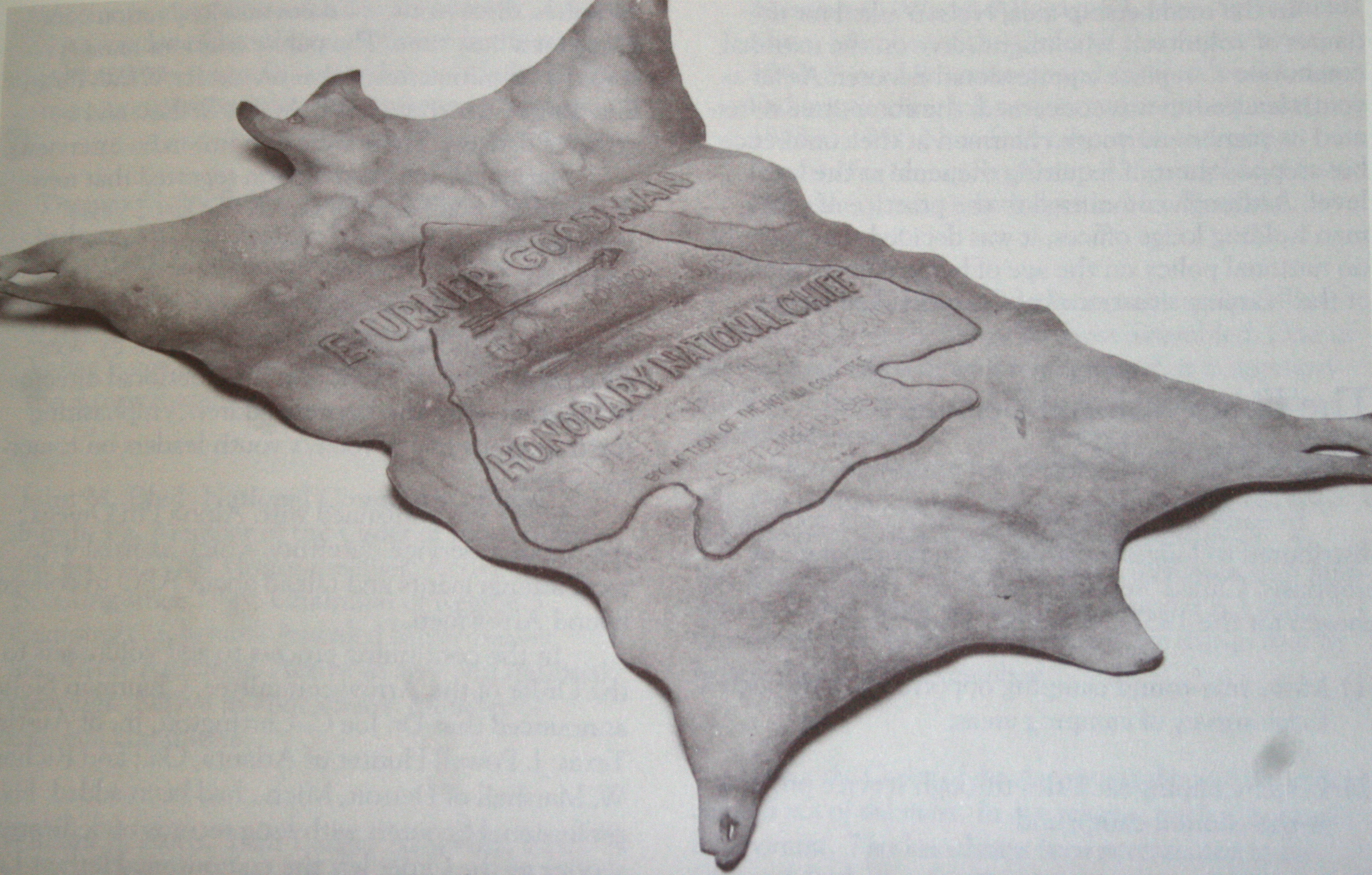 Chairman H. Lloyd Nelson
Chairman H. Lloyd Nelson The Conference was held at Miami University, Oxford, Ohio. Michi-Kini-Kwa Lodge was the host lodge. The 2,200 attendees (2,095 delegates) doubled the size of any prior meeting, as did the 210 lodges representing 37 states.
The Conference was held at Miami University, Oxford, Ohio. Michi-Kini-Kwa Lodge was the host lodge. The 2,200 attendees (2,095 delegates) doubled the size of any prior meeting, as did the 210 lodges representing 37 states. 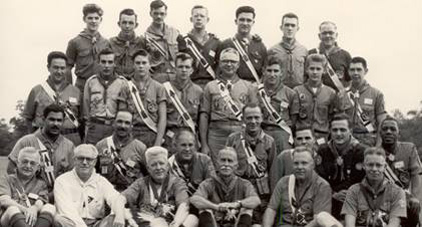 newspaper, called the Totem Talks and the introduction of the National Brotherhood Chorus. The Conference featured a display center that featured exhibits from local lodges that displayed headdresses and regalia. White Panther Lodge, Clarksdale, Mississippi won a special award for their entry. Other exhibitors were
newspaper, called the Totem Talks and the introduction of the National Brotherhood Chorus. The Conference featured a display center that featured exhibits from local lodges that displayed headdresses and regalia. White Panther Lodge, Clarksdale, Mississippi won a special award for their entry. Other exhibitors were 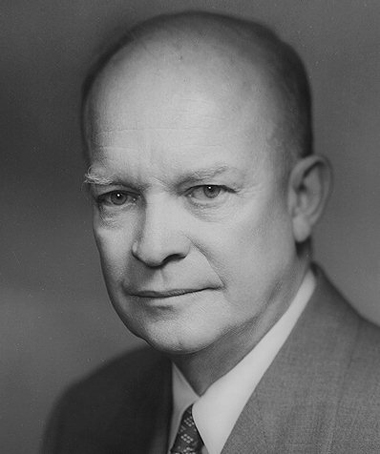 very strong supporter of Scouting ever since his son participated in the program.
very strong supporter of Scouting ever since his son participated in the program. 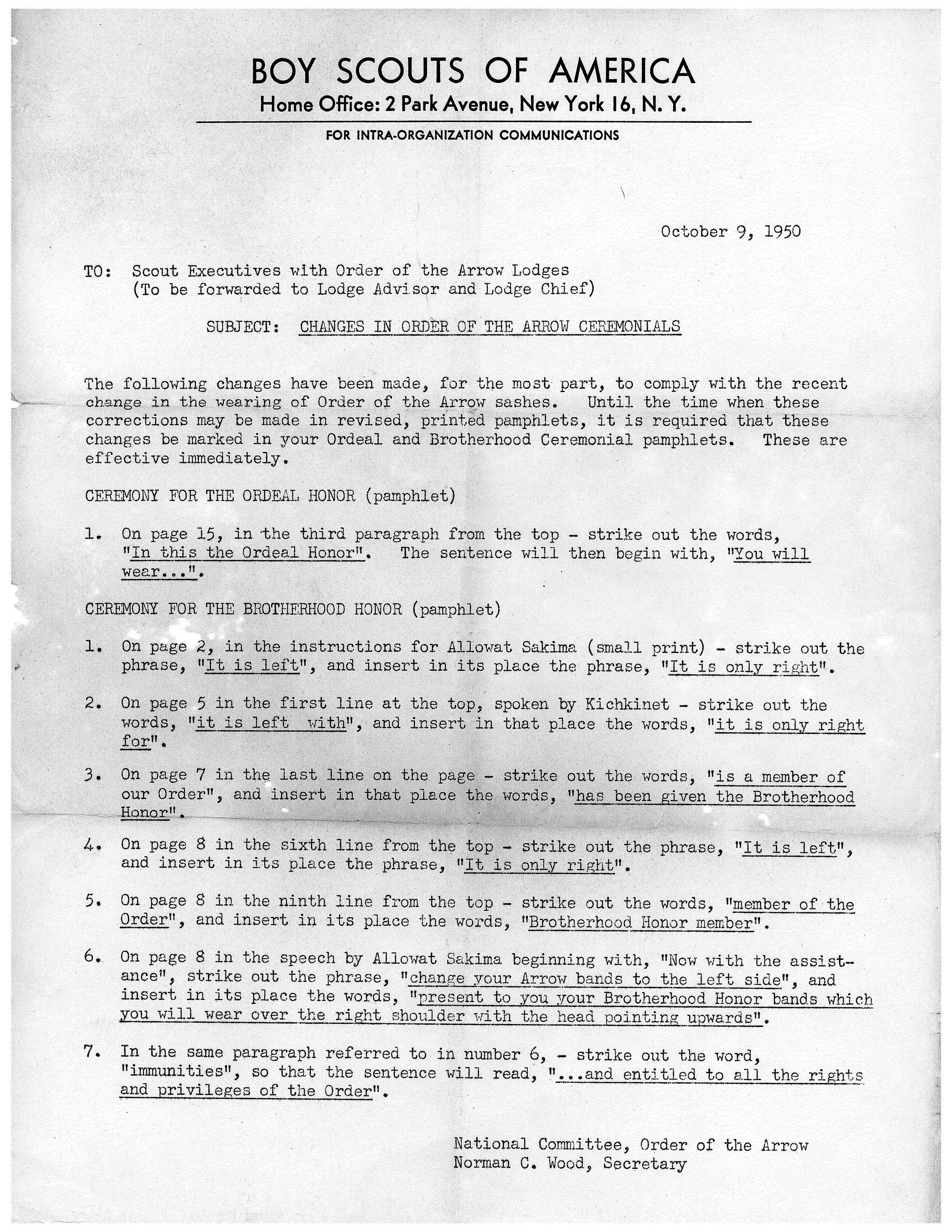 The key change in the Brotherhood Ceremony was the elimination of the movement of the sash from the left shoulder to the right shoulder. While it has been rumored that this was because of McCarthyism, there is no documentation to support that claim.
The key change in the Brotherhood Ceremony was the elimination of the movement of the sash from the left shoulder to the right shoulder. While it has been rumored that this was because of McCarthyism, there is no documentation to support that claim.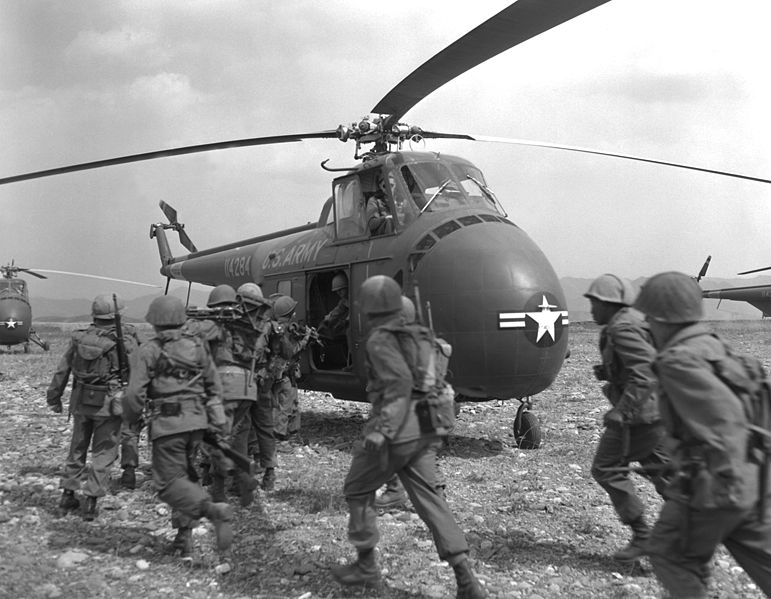 ations, and the Democratic People’s Republic of Korea (North Korea) and the People’s Republic of China with support from the Soviet Union.
ations, and the Democratic People’s Republic of Korea (North Korea) and the People’s Republic of China with support from the Soviet Union.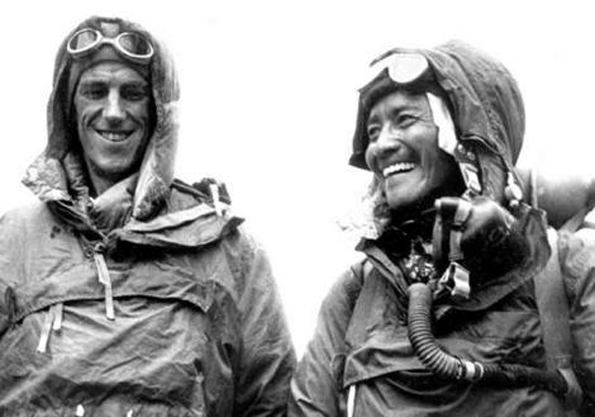 After years of dreaming about it and seven weeks of climbing, New Zealander Edmund Hillary and his Sherpa guide Nepalese Tenzing Norgay became the first men to reach the summit of Mt. Everest in the Himalayas, along the border of Nepal and Tibet/China, the highest mountain in the world, at 11:30 a.m. on May 29, 1953.
After years of dreaming about it and seven weeks of climbing, New Zealander Edmund Hillary and his Sherpa guide Nepalese Tenzing Norgay became the first men to reach the summit of Mt. Everest in the Himalayas, along the border of Nepal and Tibet/China, the highest mountain in the world, at 11:30 a.m. on May 29, 1953.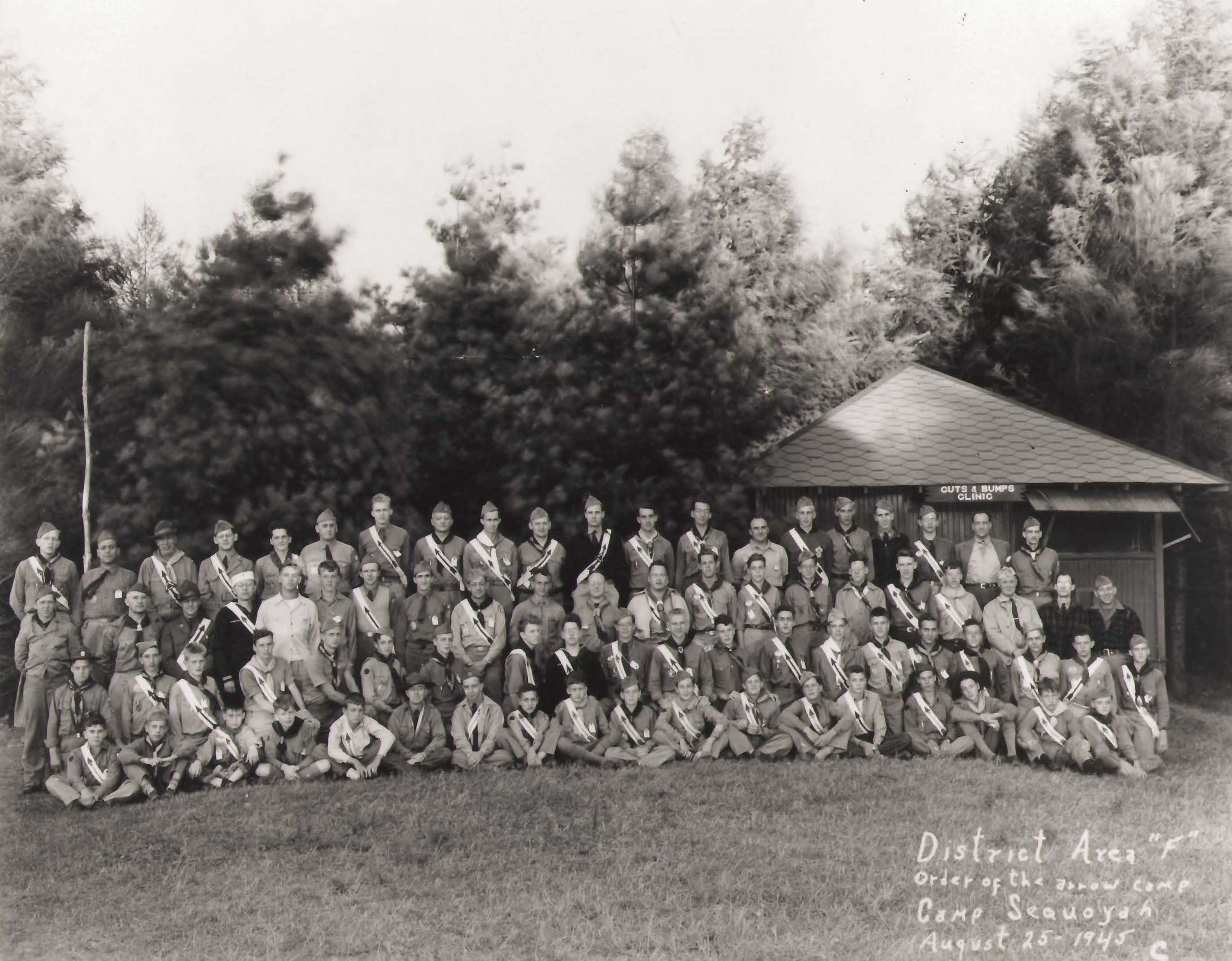 had been ruled by Japan since 1910 and following the surrender of Japan at the end of World War II, Korea was divided along the 38th Parallel with United States troops occupying the Southern part and Soviet troops occupying the Northern part.
had been ruled by Japan since 1910 and following the surrender of Japan at the end of World War II, Korea was divided along the 38th Parallel with United States troops occupying the Southern part and Soviet troops occupying the Northern part.